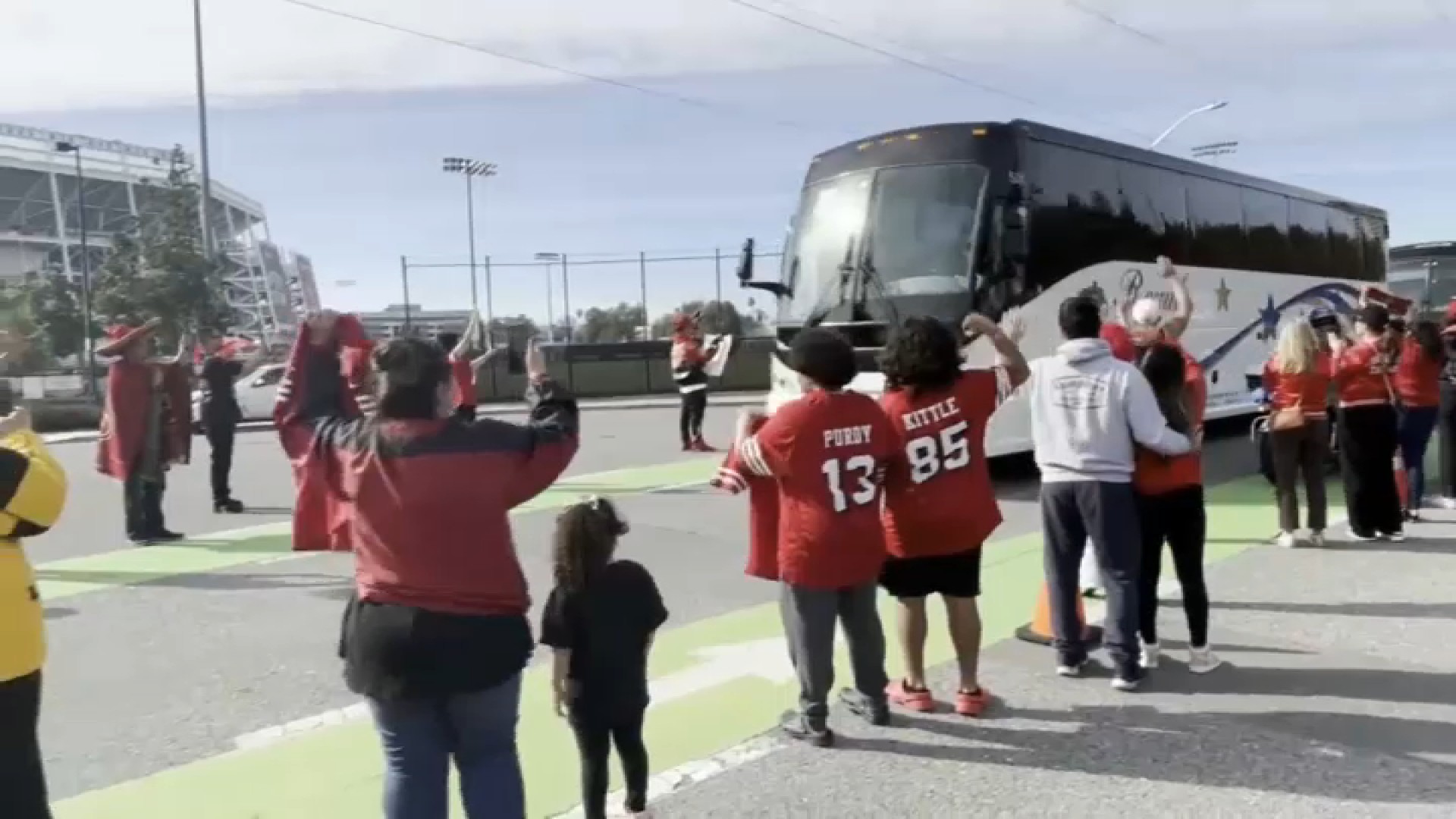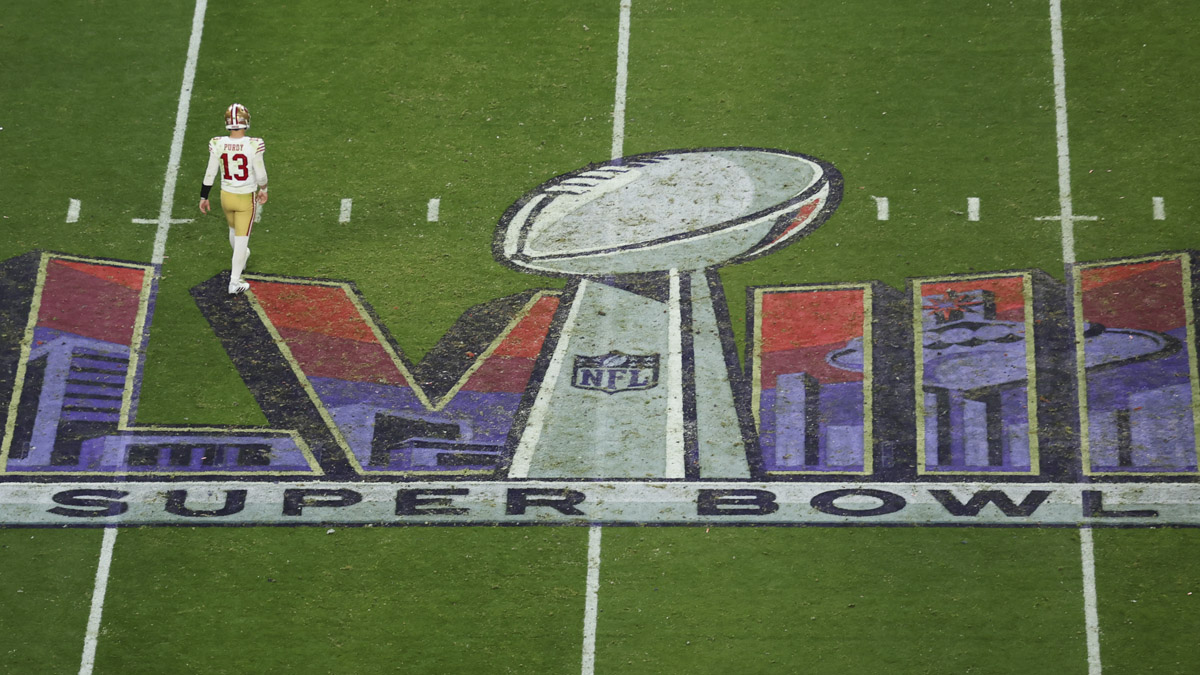"Lift Ev'ry Voice and Sing," a song often called the Black national anthem, was sung before the Super Bowl for the fourth year in a row Sunday.
This year, Grammy winner Andra Day sang the tune after a ceremony for the Walter Payton Man of the Year Award.
The inclusion of the Black national anthem, along with "The Star Spangled Banner" and "America The Beautiful," has been met with both praise and criticism.
But the tradition continues nonetheless. Let's take a closer look at the Black national anthem:
Why is the Black national anthem sung before the Super Bowl?
The NFL began having a singer perform "Lift Ev'ry Voice and Sing" before the Super Bowl in 2020, in the wake of racial and social justice protests in the United States following the death of George Floyd.
At the time, the NFL committed to singing the Black national anthem before the "Star Spangled Banner" ahead of every NFL game during Week 1 of that season.
Super Bowl 2024
Here’s the latest news on the 49ers vs. Chiefs 2024 showdown. Get our coverage on how to watch, game day predictions, all the commercials, the halftime show, and more.
The NFL also announced it would commit $250 million over 10 years to social justice initiatives during this 2020 movement, targeting what it calls "systemic racism" and supporting "the battle against the ongoing and historic injustices faced by African Americans."
Get a weekly recap of the latest San Francisco Bay Area housing news. >Sign up for NBC Bay Area’s Housing Deconstructed newsletter.
What is the Black national anthem and why is it important?
"Lift Ev'ry Voice and Sing" was originally written as a poem by James Weldon Johnson, but his brother J. Rosamond, turned it into music. The song was performed for the first time in 1900, not long after it was written.
The NAACP dubbed “Lift Every Voice and Sing” as the Black national anthem in 1919, more than a decade before "The Star Spangled Banner" was named the national anthem.
The song quickly became a popular song during the civil rights movement, and was even sung by crowds following the assassination of President John F. Kennedy in 1963.



